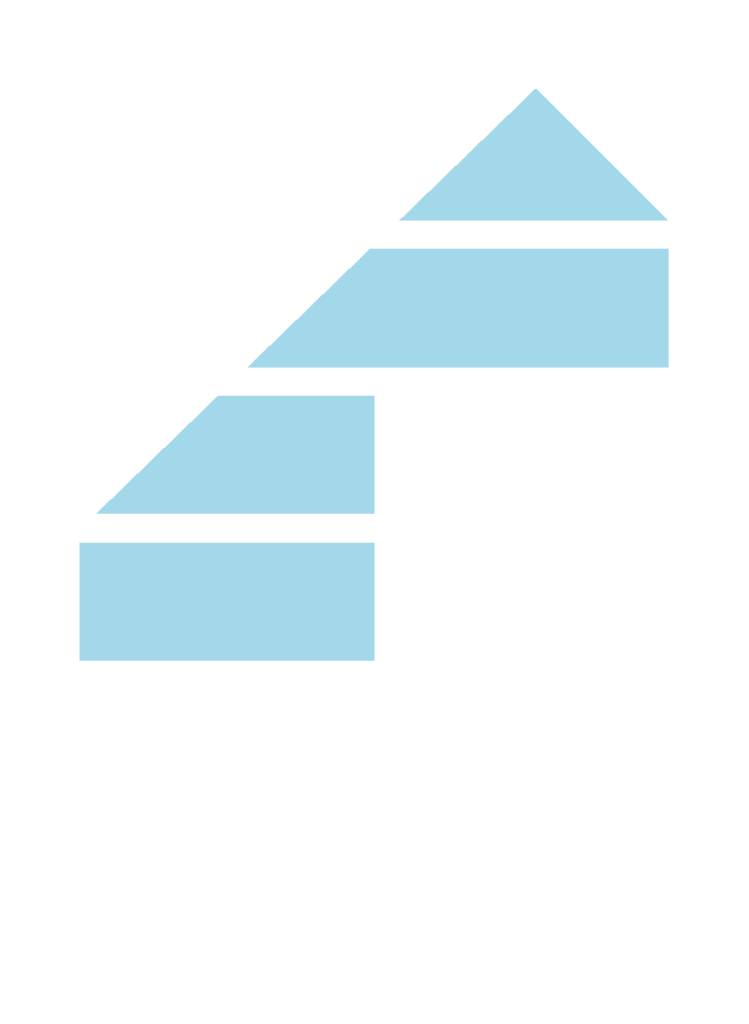about PURP
...to preserve our heritage
The Paramaribo Urban Rehabilitation Program (PURP) is a program set up to contribute to the socio-economic revitalization of the historical center of Paramaribo and the preservation of its built heritage, including the strengthening of the management entity and the development of a Tourism Plan.
The specific objectives are:
- Attract new residents and commercial activities
- Restore cultural heritage
- Reduce traffic congestion; and
- Strengthen the institutional framework for the management of sustainable development
Paramaribo, the capital of Suriname, has 243,556 inhabitants or 45 percent of the country’s population. The historic center, consisting of a core zone of 48 hectares and a buffer zone of more than 100 hectares, was designated as a World Heritage Site by the United Nations Educational, Scientific and Cultural Organization (UNESCO) in 2002.
This concentration of historical and cultural heritage buildings, monuments, and urban sites offers the area the potential to contribute to the city’s sustainable development. However, the area is struggling with physical, social, and economic decline, as evidenced by recent studies, which poses a significant risk to the invaluable heritage buildings and the continuity of the designation as a UNESCO heritage site.
Implementation
The loan agreement (PURP) was signed in April 2017 and started in October 2017. The MINOWC via the Directorate of Culture, is the designated implementing entity and is supported by the Suriname Built Heritage Foundation (SGES). SGES has an advisory role in the implementation of the PURP, as they are the designated management entity for UNESCO World Heritage (WHS) in Suriname. The Directorate of Culture has established a Project Implementation Unit (PIU) to work together with the SGES in the implementation of the program.
The program will renovate the public spaces of the city, rehabilitate heritage buildings, set up new housing projects to offer rental opportunities to a population with varying incomes, and develop new business strategies in collaboration with the private sector. The program will also finance the strengthening of the Suriname Built Heritage Foundation and the development of key planning tools to guide the process of sustainable revitalization of the Historic Center.
The mission of the PURP consists of four (4) key components:
- Component one (1) consists of the design and implementation of strategic urban interventions to counteract the physical decline of the historic center and initiate a sustainable revitalization process (USD 15 million);
- Component two (2) aims to contribute to the revitalization process by making the historic center a vibrant part of the city that attracts new residents and businesses (USD 2.2 million);
- Component three (3) will establish and strengthen the agencies needed to sustainably guide the revitalization process of the historic center and enable effective implementation of the activities of this program (USD 1.5 million);
- Component four is intended to finance the personnel and other fixed costs needed to support the administration of the program during its implementation (USD 1.3 million).
The urban interventions mainly concern the rehabilitation of the Waterfront, the restoration of monumental buildings, and the improvement of traffic mobility. The Waterfront will be renewed and upgraded to make it more representative and attractive to locals and tourists through recreational and cultural facilities. The program will also focus on redirecting traffic, laying bike paths, improving sidewalks, and addressing parking problems.
The historic inner city of Paramaribo was placed on the UNESCO World Heritage List on June 29, 2002, during the 26th session of the World Heritage Committee in Budapest, Hungary.
In June 2002, the World Heritage Committee decided to place the historic inner city of Paramaribo on the UNESCO World Heritage List. The decision was based on cultural criteria (ii) and (iv) as recommended in the ICOMOS report of 2001:
Criteria (ii): Paramaribo is an exceptional example of the gradual fusion of European architecture and construction techniques with indigenous South American materials and crafts to create a new architectural idiom.
Criteria (iv): Paramaribo is a unique example of the contact between European culture from the Netherlands and the indigenous cultures and environment of South America in years of intensive colonization of this region in the 16th and 17th centuries.
World Heritage must be of Outstanding Universal Value (OUV), which forms the basis for nomination. According to UNESCO, ‘Outstanding Universal Value means a cultural and/or natural significance which is so exceptional as to transcend national boundaries and to be of common importance for present and future generations of all humanity: As such, the permanent protection of this heritage is of the highest importance to the international community as a whole.
According to UNESCO, ‘Outstanding Universal Value means a cultural and/or natural significance which is so exceptional as to transcend national boundaries and to be of common importance for present and future generations of all humanity. As such, the permanent protection of this heritage is of the highest importance to the international community as a whole. To be considered as ‘Outstanding Universal Value,’ an object must meet one or more World Heritage criteria.
These criteria are explained in the ‘Operational Guidelines for the Implementation of the World Heritage Convention‘, which, alongside the text of the convention itself, is the most important working tool regarding world heritage. The criteria are regularly reviewed by the committee to account for the development of the concept of world heritage itself.




